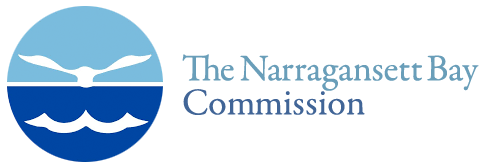October 17, 2024
Phytoplankton samples were collected on October 17, 2024 at Bullock’s Reach and analyzed in the laboratory shortly after collection. It was windy and brisk on Narragansett Bay. Sonde data revealed the surface water temperature was 14.63°C, salinity was 30.01 psu, and chlorophyll a was 2.58 ug/L. The qualitative tow net sample had a quick filtration time and the filtrate was clear. The analysis of the quantitative whole water sample revealed a total of 156,000 cells/L. The microflagellates were found at 48,000 cells/L. The most predominant phytoplankton genera were Prorocentrum spp. at 38,000 cells/L, Leptocylindrus spp. at 16,000 cells/L, and Cylindrotheca spp. at 12,000 cells/L. Corethron hystrix, shown here in a 200x phase contrast micrograph, is a solitary species of centric diatom found in the North Atlantic and North Pacific, typically in the spring and fall. They have a unique pill shape and two rings of long spines directed towards one end, and a crown of shorter, hooked spines pointed in the opposite direction. Although they do not bloom in large numbers, it has been observed that they may cause physical obstructions in the gills of farmed salmon.





